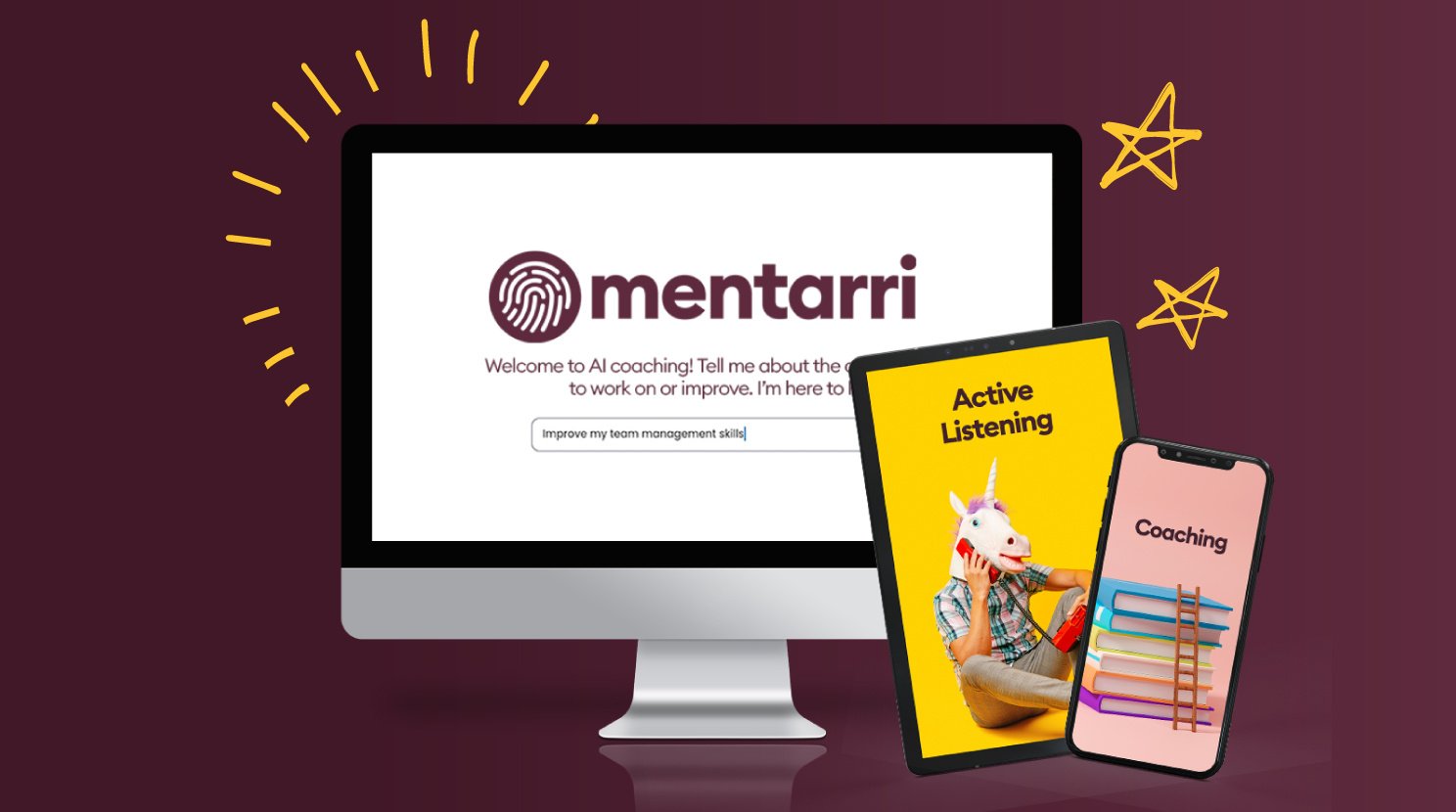For many HR professionals, the answer is ‘no’!
Companies and organisations are under more pressure than ever to tackle issues of inequality and sustainability and to make every effort to adapt and mitigate their impact on the environment in which they operate.
While companies are grappling with their own ESG strategies, investor communities are already using ESG metrics to decipher whether businesses are long-term good bets. This will become a deciding factor in the very near future for potential shareholders. In addition, HR leaders need to act as conveners and co-creators in defining company policy around ESG in order to prepare for this emerging skills gap.
Find out how to balance the pressure from CEOs and investors for short-term change with the desire for meaningful action from employees, which often requires long-term investment.
What does ESG mean?
ESG stands for ‘Environmental, Social and Governance’. Most of the issues and topics a company might encounter can easily sit within these categories. The broadness of this term and the range of frameworks that could be implemented means that the topic can feel overwhelming. Understanding how ESG fits with HR is the first step to being able to implement initiatives that will satisfy investor pressure and support the development of your employer brand proposition.
To borrow a phrase used by Maanch, these topics pertain to a company’s ‘Net Societal Impact’; how they can amplify the good and mitigate the bad.
For Sianne Haldane, it comes down to four ‘Ps’: People, Planet, Prosperity and Partnerships. Businesses have a direct and indirect impact on these factors, so real thought must go into how your organisation is currently performing, and how it might do better in future.
1. Develop a company narrative on ESG that works for all stakeholders
There are three ways of thinking about ESG. Outside-in, inside-out and internal
Louisa Moreton, Partner, Transformation and Change, FGS Global
Louisa defines outside-in as "how investors, suppliers and customers are viewing your business and your people practices and policies", she defines inside-out as "how people within the business feel about it and whether it reflects their values and makes them feel purposeful" and finally she defines internal as encompassing "internal people policies, how people are rewarded and recognised".
When thinking about how you develop a narrative for each of these groups, consider the following questions:
- How do investors, suppliers and consumers view your company, its people practices and policy?
- Do employees feel they connect and relate to the core values of their organisation and feel purposeful and proud of the contributions they make?
- How do the internal people policies recognise and reward employees?
ESG is about how all these concerns come together and signifies a marked shift in the leadership agenda of the previous decade. From Louisa Moreton’s experience, the acceleration has come from CFOs going to the people on the communications teams and asking for their help when communicating these ideas back to shareholders.
2. Manage the challenge of measurement by collecting data that matters
Not everything that can be counted counts, and not everything that counts can be counted
Albert Einstein
For Nadia Hutchinson, governance boils down to having systems in place that ensure the right decisions are made with committees that challenge and that converse using a good understanding of how to interpret data to make empowered decisions.
A key skills gap within leadership is the ability to read and analyse data. We need to help senior leaders understand how to interpret the data so that they can use it to make meaningful decisions. Data for data’s sake is out.
Consider the following:
- What 'people' data is relevant for non-financial reporting?
- How do you measure the baseline on people KPIs?
- How do you develop meaningful targets and report on these on a quarterly basis?
- Where does the people agenda fit in relation to other parts of ESG reporting?
- How are your reporting requirements reflected in your company culture?
Whilst investors want quantitive data, employee want qualitative data in order to develop a narrative about how ESG fits with their role. Remember that small stories are often indicative of wider trends so don't be afraid to use them.
3. Balance the pressure for results with the development of meaningful ESG practices
For stakeholders and investors, it's a critical thing to be part of a global agenda. We put money behind environmental initiatives, social impacts and governance and its about gluing that together as people inside and outside an organisation
Nadia Hutchinson, Global Director, HR Services & Operation, Cabot Corp
The challenge for HR leaders is to balance the pressure from investors and stakeholders for quick results with the need for the real and lasting innovation in managerial behaviour that is paramount to implementing ESG meaningfully into policy.
ESG needs to be implemented holistically for it to be at all meaningful within organisations. Alyssa Gilbert noted that there needs to be understanding and buy-in from all individuals within businesses in order to make good on targets of net-zero emissions, for example.
4. ESG is everybody's responsibility, not just HR leaders
If we have investors that are putting near-term, quarterly pressure on HR leaders to deliver these results, it's really important to be aware that this could lead to behaviours that don't change the way companies operate in a meaningful way
Dr Michelle Rogan, Associate Professor of Strategy and Entrepreneurship, Imperial College Business School
The uncodified nature of ESG presents many issues when attempting to embed its practices within company culture. How can we have a shared understanding of an as-of-yet undefined concept?
For Dr Rogan, is clear is that its interconnectivity means it must be embedded in the thoughts and actions of every employee at the risk of making ESG a speciality and it becoming resigned to being ‘someone else’s responsibility’.
5. Use co-creation to embed ESG at all levels of your organisation
Support managers to lead with empathy. Employers want leaders with humanity, but they also want to be part of wider conversations. Use models of co-creation to build narratives that will attract and retain top talent.
Tap into employee knowledge to solve operational issues across your organisation. Leverage insights from pre-existing employee working groups and networks. Link investors and c-suite with these groups to maximise the expertise in your organisation.

Future Talent Learning hosted a thought leadership event around the topic of ESG and the People Agenda, in partnership with Imperial College Business School.
The panel included Imperial College Business School’s own Dr Michelle Rogan, Imperial College London’s Alyssa Gilbert, Louisa Moreton of Finsbury Glover Hering (now FGS Global), Nadia Hutchinson of Cabot Corp and Maanch’s Sianne Haldane.
We’ve based this blog on the collective wisdom of the panel and senior HR leaders who attended.

About Imperial College Business School Executive Education
Executive Education at Imperial College Business School combines Imperial’s capabilities in science and technology with deep connections to industry to bring you the future of business, today.
They deliver multi-mode on-campus, virtual and online programmes in topics spanning technology, innovation, leadership, health, sustainability and finance. In addition, they offer short programmes for individuals and customised learning solutions for organisations.
About Future Talent Learning
Our flagship Transformational Leadership Programme delivers inspirational apprenticeships to upskill graduates, aspiring managers and managers in over 50 of the world’s leading employers.
It’s 100% virtual and delivers against two management apprenticeships, so it can be funded through your Apprenticeship Levy. Clever right?

















